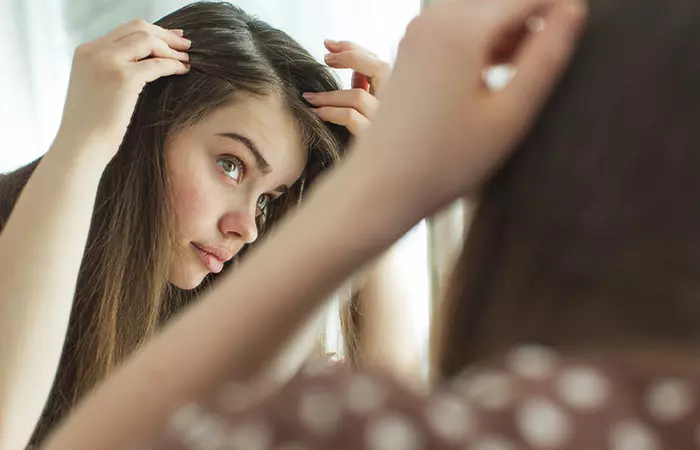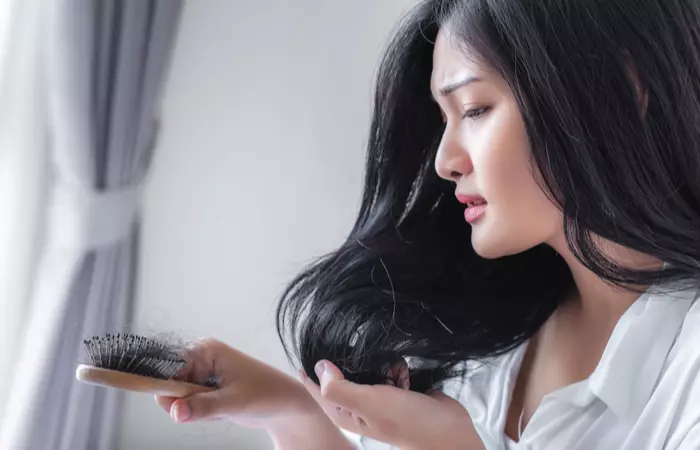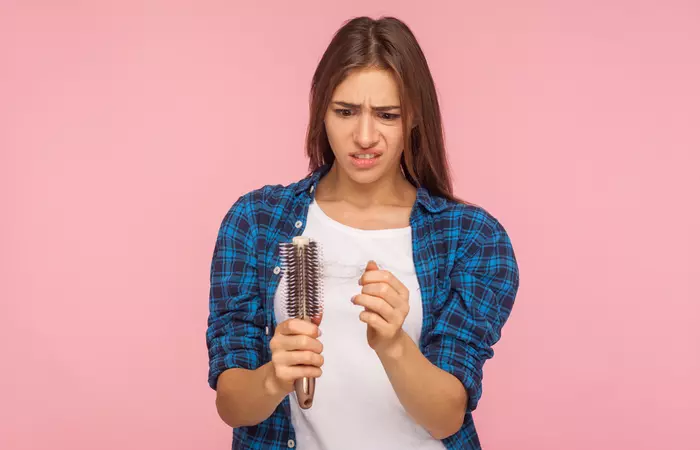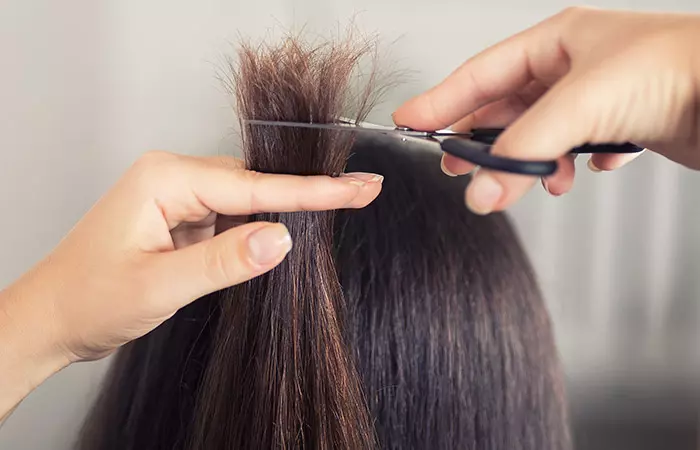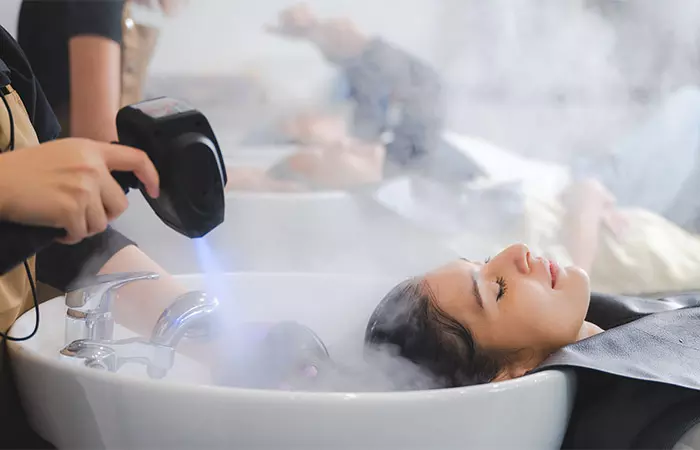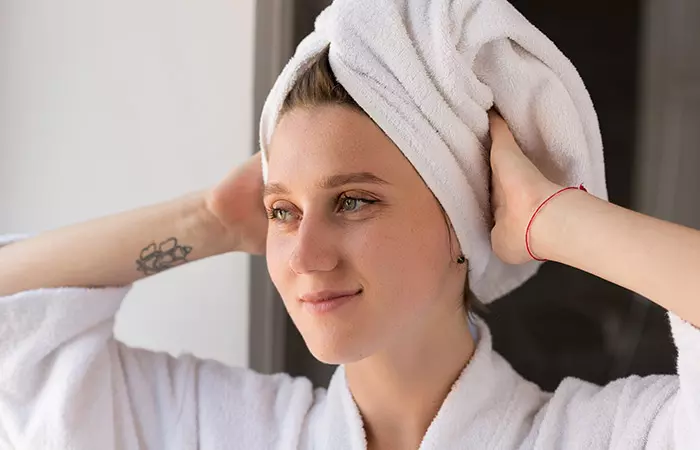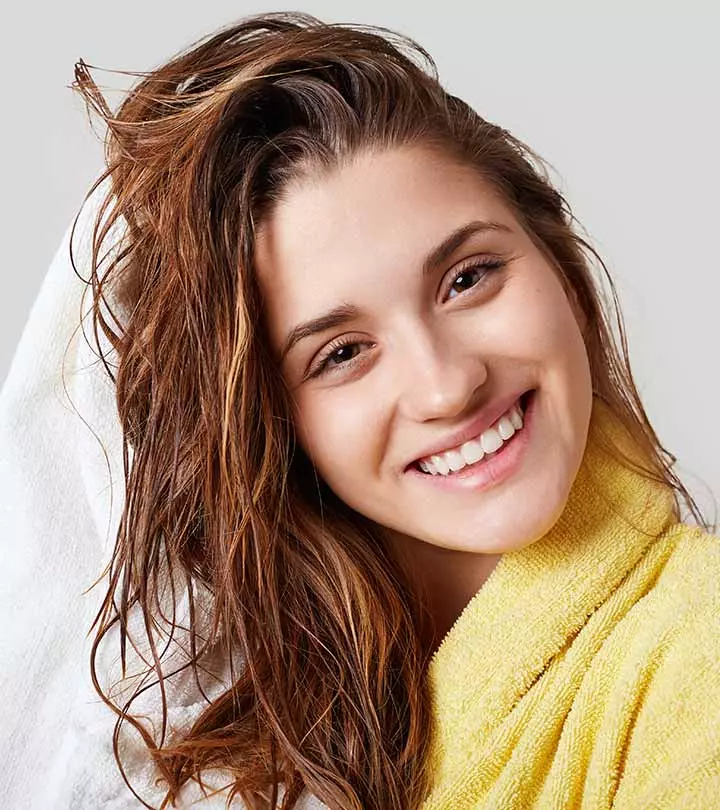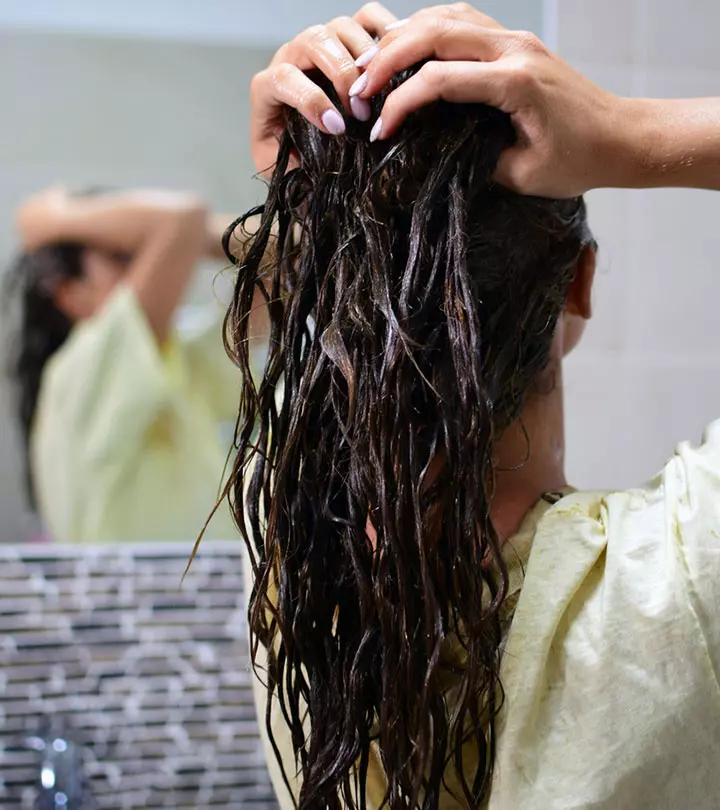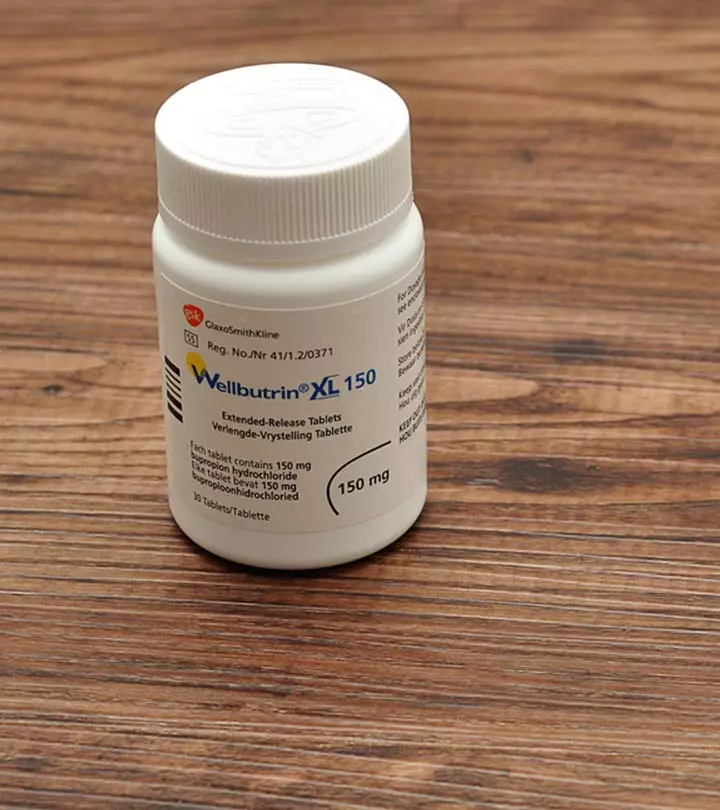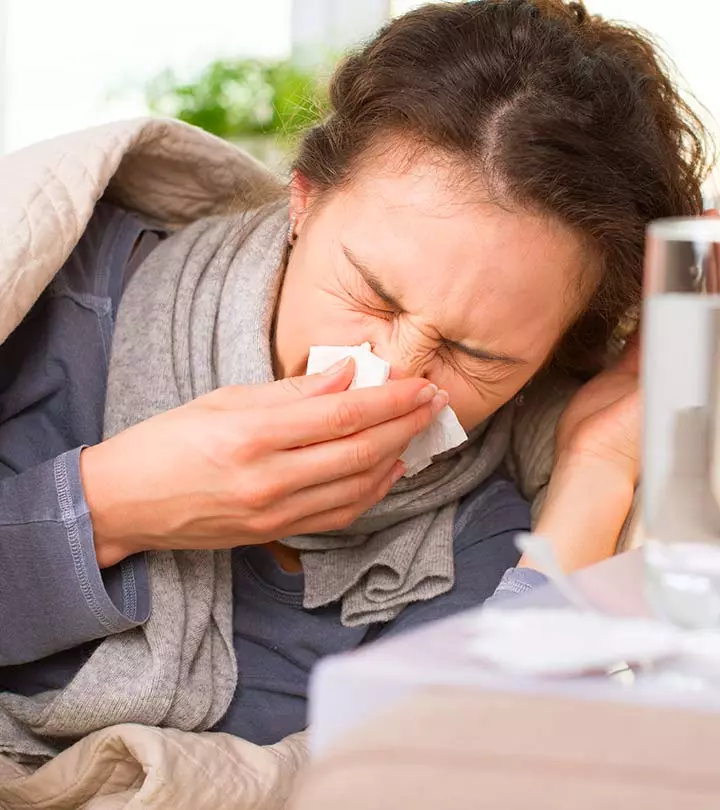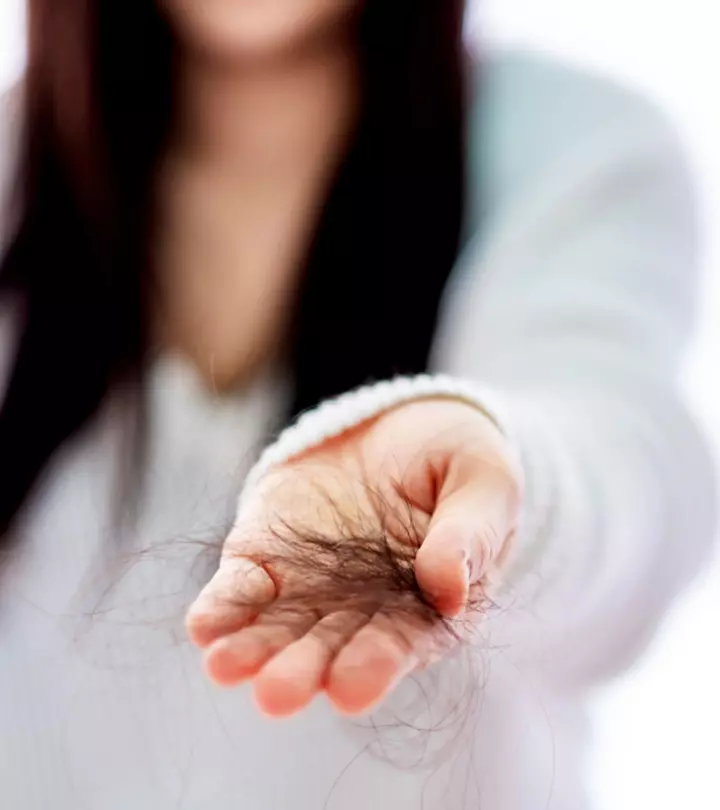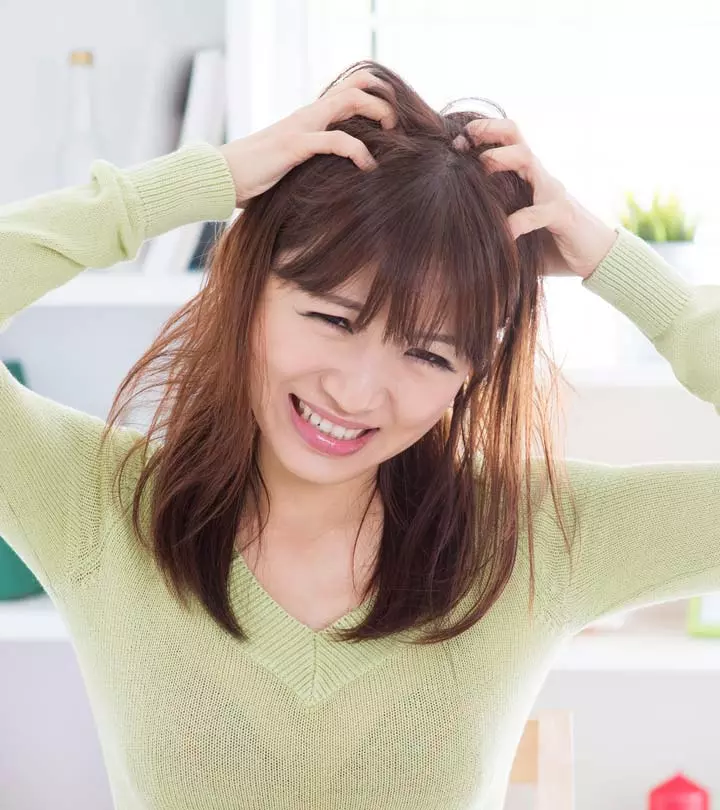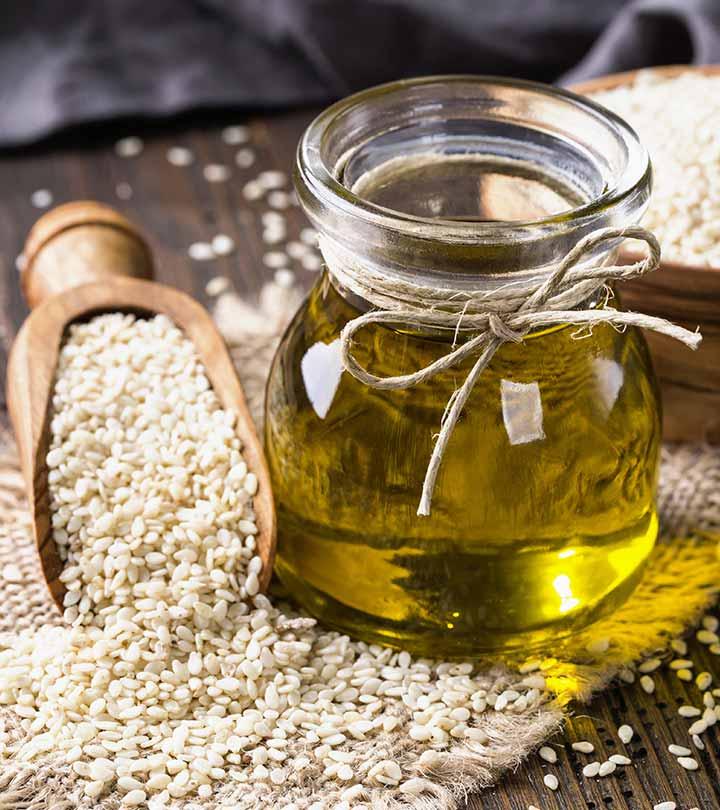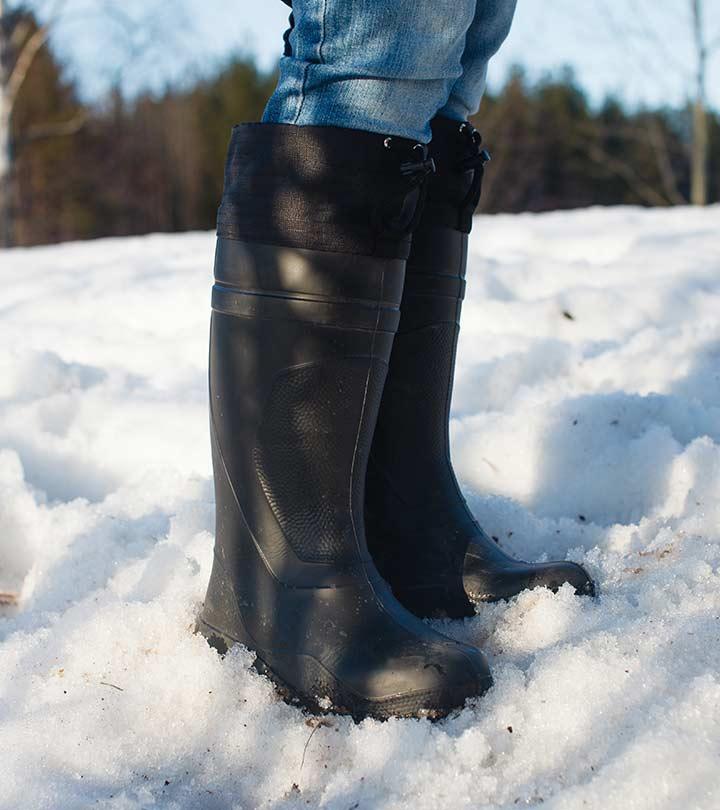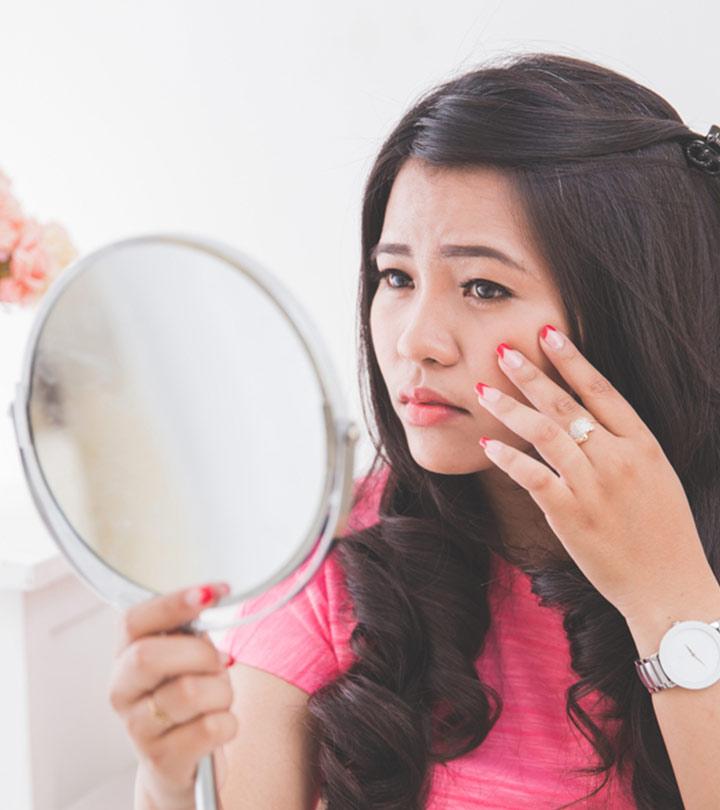6 Ways To Prevent Seasonal Hair Fall
What is the one thing we dread about winters? The accelerated and uncontrollable hair fall is definitely on the list! You must have wondered if so much hair is wriggled at the end of your comb, what is left on your head! Well, it’s not just you, people all around the world experience heavy shedding during the winter months, and somehow it seems to be in sync with the ecosystem. Your hair follicles have a growth cycle of their own where they nurture, reach transition, and rest. If you were wondering why your hair seems to detach from you only in winters, we are here with some satisfying answers. There is ample research on why there are annual hair shedding and seasonal hair fall patterns. Here at Stylecraze, we will highlight the causes, symptoms, and ways to prevent hair loss during the winter months.
What Causes The Hair Shedding?
Seasonal hair shedding begins in summer, peaks through the fall, and lingers through the winters. The timeline runs parallel with the latter half of the hair growth cycle. A lot of it has to do with the weather conditions and bodily changes in the cold. So let us look into the phases of our hair growth and understand what causes the hair to fall out in clusters.
Anagen– It is the phase when 85% of your hair is actively growing (1
).
Catagen – This is when your hair begins to transition. It detaches from the bulb and prepares to shed. The root loosens up a bit, so if there is any pressure or pull applied to it, it will easily fall off.
Telogen – This is the phase where 15% of your old hair is resting while new hair is growing (2).
Exogen – In this phase new hair expels the old strands from your scalp, which causes excessive hair shedding.
Now that you know it’s the old hair that falls out and is replaced by new hair, it feels less heartbreaking, doesn’t it? Throughout the year, your hair enters and exits various stages. So the question is, why does it miraculously coincide with the winter months only? When your hair enters the Telogen phase, new hair sprouts, and with the arrival of autumn, it starts to shed. The season is not the only thing that affects your hair. The cold air makes your scalp dry, which makes it itchy and causes irritation. As a result, it inflames the follicles, and your hair is prone to shedding and breakage.
Signs And Symptoms Of Excessive Shedding
So now that hair fall in winter is no big surprise; it’s time you calm down and stop worrying about going bald. The hair fall is temporary, and you are only losing the hair that is already dried up. Now hair follicles push up in the places, and you will never run out of hair!
Diagnosis Of Excessive Hair Loss
We know it’s impractical to count the amount of hair you lose every day, losing up to 150 hair strands per day is expected. When this number exceeds, it leads to a phase called Telogen Effluvium. During this time, your hair falls out abnormally, and managing hairstyles that need dense hair can be challenging. The good news is, it is temporary, and using the right solutions can help you minimize hair fall. Don’t subject your hair to excessive shampooing in winters as it will make your scalp drier than it already is in the cold weather. Your hair will be devoid of any natural oils or moisture and lead to dandruff. We all know how dandruff accelerates hair fall. Reduce the number of your hair washes and use more moisturizing products like hair cream, hair serum plus regular hot oil massages.
Hair Shedding Treatment
We know it’s hard to have hair falling everywhere. Even though you know it’s a rejuvenating process and new healthier hair will grow in its place, you will still feel sad about the thinning diameter of your ponytail. So instead of clinging to this fallen hair, here is how to optimize your scalp health so you can maintain an environment favorable to your healthy hair strands.
1. Get Regular Trims
Ideally, many hair experts claim that getting your hair trimmed every eight weeks maintains the health of your hair. It might not be realistically possible for many women to do that, so make sure you at least do it within a gap of four to six months to avoid split ends and used-up scalp debris. It stimulates hair growth while keeping hair damage and split ends at bay.
2. Massage Your Hair With Hot Oil
Hot oil is the best remedy against the winter cold hair havoc. Massaging your scalp strengthens and nourishes your hair from within. It also gives your hair the lost shine. Since oils tend to freeze in winters, cold textures will not absorb into your scalp properly and only get stuck on the surface. This is why heated oil is recommended to make the oil seep into your scalp nourish properly.
3. Steam Your Hair
Did you think steaming was just good for your skin? No madame! Regular steaming opens up your hair follicles, and they absorb more nutrients that keep the hair stronger and healthier. You can set up a home hair spa, complete with a bowl of steaming water, and add essential oils like lavender, peppermint, etc. to it. Don’t bother with spending bucks on expensive hair salon spas.
4. Air-Dry Your Hair
Blow-drying your hair causes hair breakage and sucks all the moisture out. In normal circumstances, your hair will gain moisture from the atmosphere, but the cold air further gets your hair brittle. Instead, letting your hair dry out naturally will keep the water intact in your hair shafts.
5. Avoid Hot Showers
Using hot water to wash your hair can make it frizzy and dry. It can also lead to irreversible hair damage. So keep the hot water to a minimum and rinse off with cold hair.
6. Eat A Well-Balanced Diet
Hair is made of a kind of protein called keratin that needs proper supplements for growth (3). Skipping on fatty acids, veggies and fruits often restrict your hair growth.
So these were the secrets to making sure your hair fall is kept to a minimum. You can also increase your vitamin supplements and follow healthy haircare routines that keep your hair nurtured from the very start. Do you have any secret that holds your hair healthy and growing all year long? Let us know in the comments section!
References
Articles on StyleCraze are backed by verified information from peer-reviewed and academic research papers, reputed organizations, research institutions, and medical associations to ensure accuracy and relevance. Read our editorial policy to learn more.
- Promotion of anagen increased hair density and reduction of hair fall in a clinical setting following identification of FGF5-inhibiting compounds via a novel 2-stage process
https://www.ncbi.nlm.nih.gov/labs/pmc/articles/PMC5338843/ - Telogen Effluvium: A Review
https://www.ncbi.nlm.nih.gov/labs/pmc/articles/PMC4606321/ - Structure and functions of keratin proteins in simple stratified keratinized and cornified epithelia
https://www.ncbi.nlm.nih.gov/labs/pmc/articles/PMC2736122/


